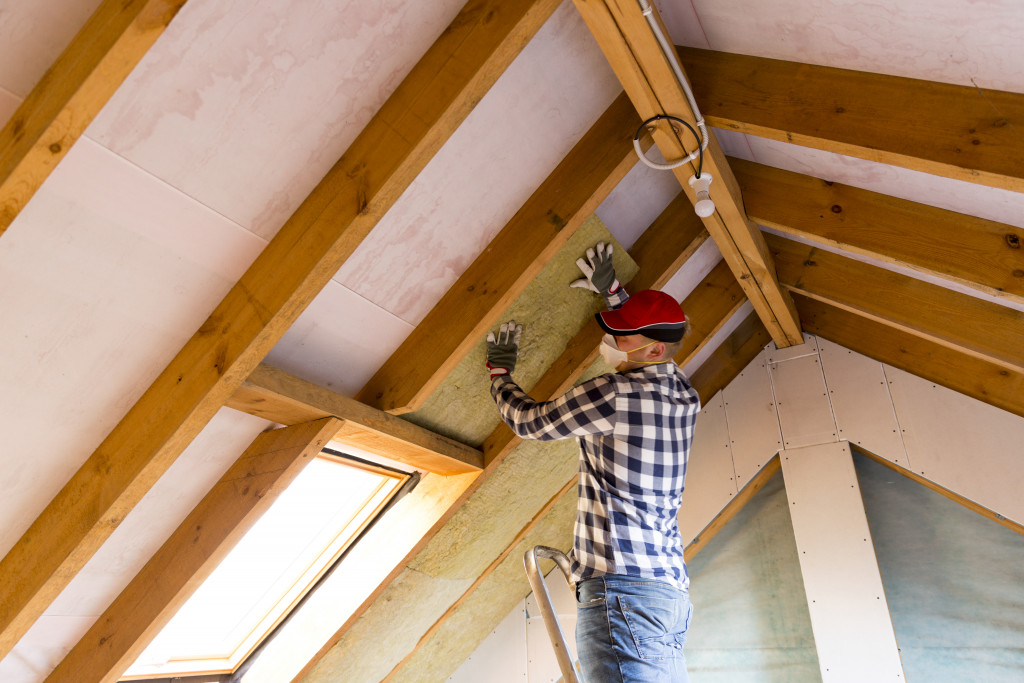Modern households often consist of a single generation of families. A growing number of individuals are now living alone. Others are already starting their own families. But because of the pandemic, more households are growing bigger.
More adult children are moving back to their nests. Others are welcoming their senior parents. Some also went to move in with other extended family members in the middle of the crisis.
Many people are moving back home to be with their families in the middle of the crisis. While health experts recommend social distancing and isolation, more families opt to live in a single home. What made them decide to live together as a big family?
Why Multigenerational Households Are on the Rise
Before, most households only consist of parents and their young kids. Nowadays, more adult kids who already moved out are back to living with their parents. Some people call them boomerang kids.
Boomerang kids are adult children who used to live on their own before the crisis. But when COVID-19 happened, they lost their jobs, leaving them with no choice but to return to their nest. Some made the decision to move back home to take care of their parents during the crisis.
Some adults decided to bring their senior parents who are residing in senior care facilities home. They are afraid about their elderly parent’s health from being exposed to other seniors and health workers who might have the virus. They would rather be the ones caring for their senior parents during the wake of the pandemic.
Family members now live together with their extended families, like their grandparents, niece, and nephews. This helps them reduce their housing expenses. This also keeps other family members nearby who are struggling to cope with the viruses.
What to Consider Before Welcoming More Family Members at Home
There are numerous considerations one has to take before even welcoming more family members. The more people living inside a property, the more space is required to maintain peace, privacy, and order. There is a need to ensure each member has enough space to thrive while sharing the space with other family members.
Here’s how homeowners are welcoming more family members into their homes.

Additional Living Space
More homeowners are trying to find ways to fit more members into their homes. Those who have no choice but to make their current space work are leaning towards home improvements to increase their living space. But then, not everyone can accommodate a room addition, nor do they have the means to invest in additional floors.
What some people do is turn certain rooms into multi-purpose rooms. Bedrooms now also function as study areas. One’s home office is also a venue to work out and recreation.
Those with unfinished basements made finishing the basement their priority. They are trying to make the most out of their living space by repurposing unused spaces. They try to get the most out of every room to better accommodate the family’s needs and lifestyle.
Setting Boundaries
It can be difficult to set boundaries when more people are living with you. This is especially true since more kids are learning from home while adults are now working remotely. This made homeowners look for other ways to ensure boundaries still exist in the household.
Some are opting to create physical boundaries by dividing the house into major sections. Families sharing the house with other families create a separate entrance for certain members. Others talked about the spaces they can share and how to organize household work now that more people are sharing the space.
Setting boundaries makes it easier for different generations to enjoy better privacy in a multigenerational household. Grandparents can enjoy a space to rest, while kids can have more areas for learning and playing. On the other hand, adult family members can use areas where they can work and entertain themselves.
Multigenerational Homes: the Pros and Cons
Different families and generations living together can be fun and all. This reduces one’s risk for social isolation, which is common during the pandemic. One can avoid the depression that stems from isolating themselves from people they don’t live with under the same room.
One can split responsibilities, including financial obligations. More people are working together to keep the house in tip-top shape. Seniors won’t feel as depressed, and everyone can benefit from having more family members close by.
On the other hand, privacy is the usual concern in multigenerational households. With a limited space to share, some members may feel suffocated to share everything, including space. This can cause inconveniences and challenges, especially since different generations have different needs, interests, and lifestyles.
The number of multigenerational households continues to increase during the crisis. Living with different generations is also a tricky feat. But because of the new normal, some families have no choice but to make things work while living with their extended family members.



